Marble and patinated bronze.
Measurements: 75x54x30 cm
Signed and dated “G. Tadolini Roma 1888”
The valuable marble bust depicts a young woman with North African features, perhaps a Bedouin. A woolen cloak, probably an abbas, encircles her shoulders and covers her head, held in place by a bronze pin. The girl’s ebony skin is rendered by the use of oxidized bronze which, masterfully modeled by Tadolini, seems almost soft to the touch, as if it were made of flesh and nerves rather than metal. The statue is characterized by a realism without frills, also evident in the girl’s face, which has a tired look, underlined by the sign of the dark circles under her eyes. The sculptor returns a faithful and precise portrait of the woman, dwelling at length on her Berber features, such as her full lips, her flat nose and her cleft chin. The orientalist subject of this bust was re-proposed several times by the sculptor, such as the two bronze busts, one female, the other of a man, presented in 1881 at the Milan Exhibition.
BIOGRAPHY
Giulio Tadolini was born in Rome in 1849, son of Scipione Tadolini and grandson of Adamo Tadolini, both sculptors. His artistic career began with a predilection for painting, studying with the naturalist master Cesare Fracassini, who also portrayed him: Tadolini is the model for the boy holding the ladder in the large historical canvas Martiri Gorconiensi (1867). Following the premature death of Fracassini, the artist attended the atelier of the Spaniard Mariano Fortuny as a student, where he devoted himself to the popular orientalist subjects in the Catalan studio, such as the various versions of The Odalisque with a Parrot. He made his debut as a sculptor with a Medal representing a portrait at the Society of Amateurs and Cultivators of Fine Arts in 1871, while two years later, together with his brother Paolo, Giulio began building painting studios in the garden of the historic home of the Tadolini family. His first large-scale sculpture was Cleopatra before Caesar from 1875, a reworking of the subjects used by his father and learned at the family workshop. Giulio combined the very fine neoclassical models of his training with modern orientalist themes, creating delicate, elegant and seductive sculptures. In 1878 he presented The Pompeian Woman After the Bath at the Universal Exhibition in Paris, immediately purchased by the Marquis Sotomayor; four years later he presented the sculptural group The Pompeian Mother Fleeing for the 18th centenary of the eruption of Pompeii, showing excellent skills in the execution of the drama, although composed and still stylistically anchored to the teachings of his father. At the same time the artist began to distinguish himself, moving towards a more realist approach, as in the two oriental bronze busts brought to the Milan Exhibition; the same stylistic imprint is now distinguishable in Moroccan and Nubian, exhibited in Munich and Turin between 1883 and 1884. The same year his son Enrico was born, who would continue the family tradition by becoming a sculptor. In this period Tadolini dedicated himself to portraits of illustrious men, such as the bust of the Trani nobleman Giuseppe Beltrani and the commemorative statue of the numismatist Bartolomeo Borghesi, located in the Campidoglio. Among Tadolini’s best-known works is the Monument to Vittorio Emanuele II in Perugia, cast by Alessandro Nelli, a commission obtained through winning the 1886 competition. In 1890, the Committee of the Artisan Brotherhood commissioned the sculptor to design a statue commemorating the sharpshooter Pagliari, but the excessive costs of its construction prevented its completion. Three years later, Umberto I entrusted him with the design of an equestrian statuette of his effigy, later obtaining commissions for busts of the queen consort, Margherita of Savoy. By this time, Tadolini had achieved stellar success, confirmed by the many titles awarded to him; in addition to being an honorary member of the Academy of Fine Arts in Perugia, in 1895 he was named a member of the Academy of San Luca. Alongside the royal commissions, there are also the commissions for funerary monuments, the most famous of which is certainly the one dedicated to Leo XIII in San Giovanni in Laterano in 1906, with an eclectic, almost baroque taste. The artist died in Rome in 1918.







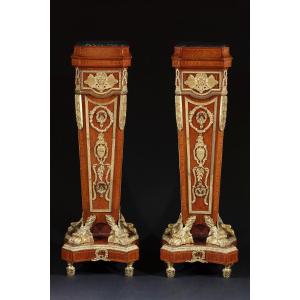




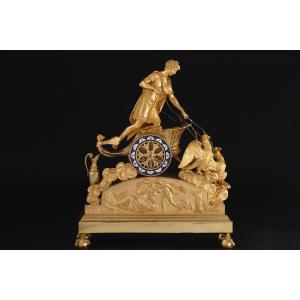

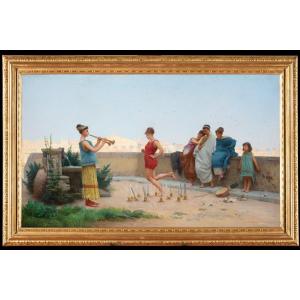
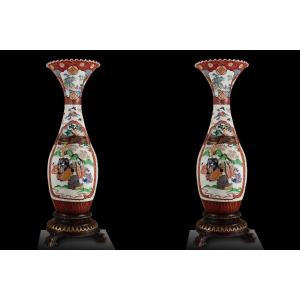


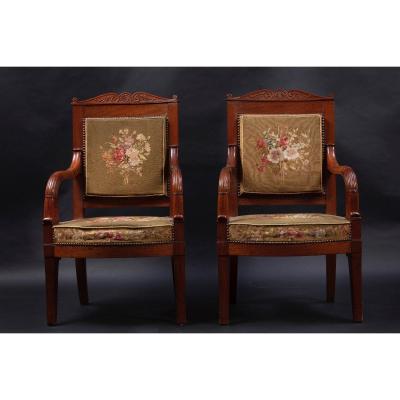











 Le Magazine de PROANTIC
Le Magazine de PROANTIC TRÉSORS Magazine
TRÉSORS Magazine Rivista Artiquariato
Rivista Artiquariato